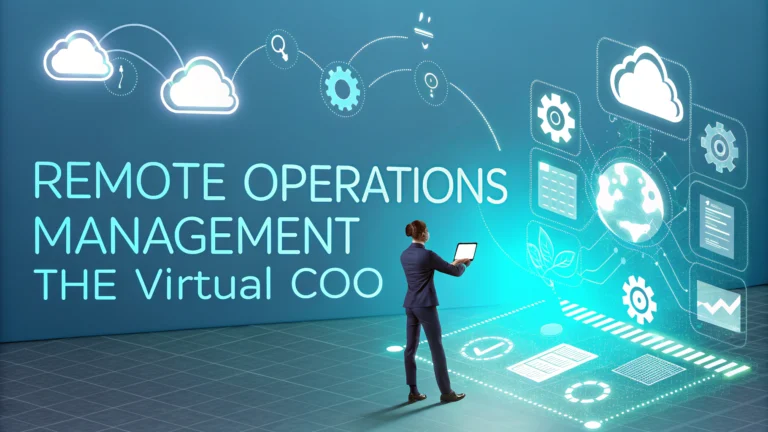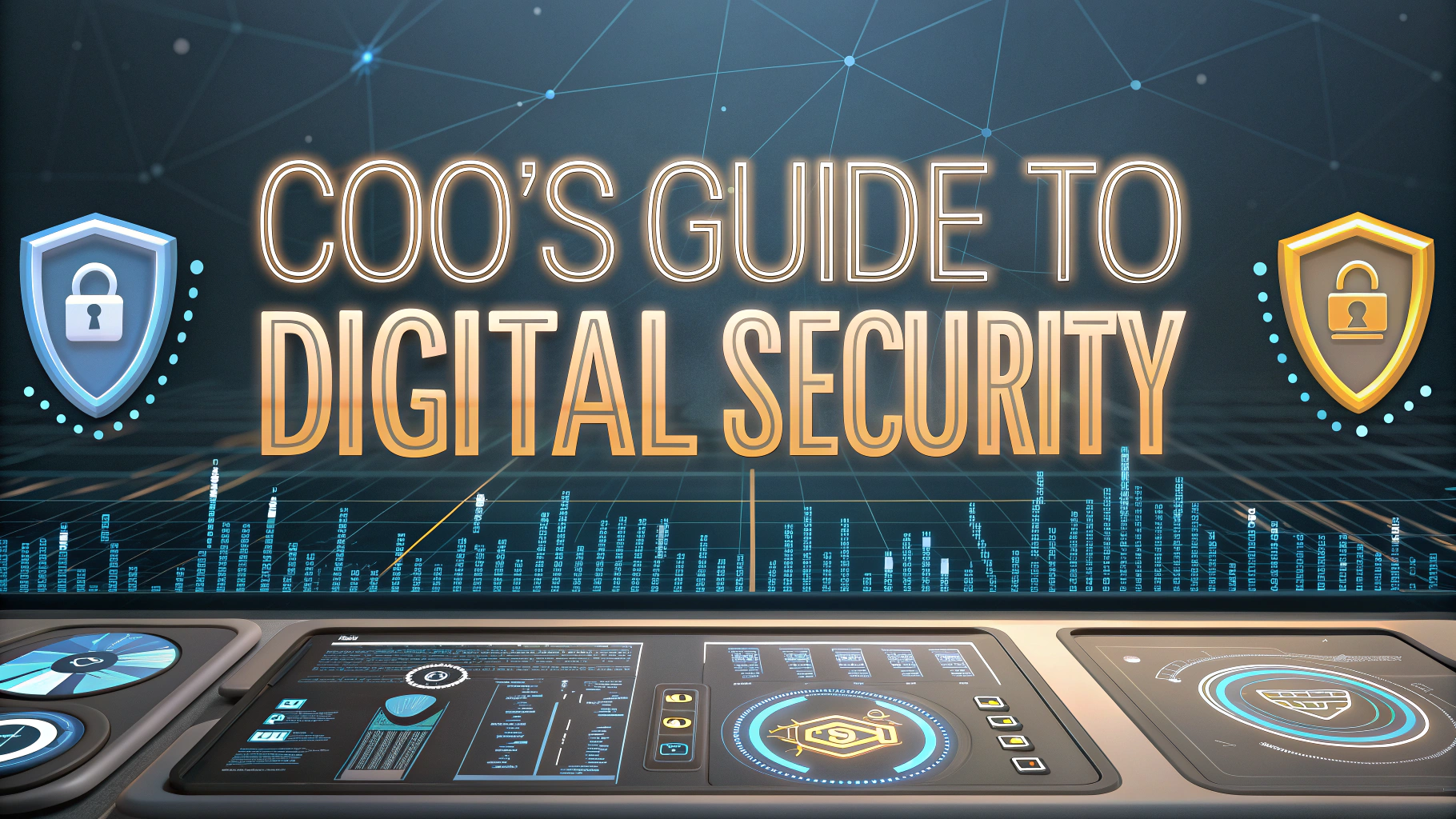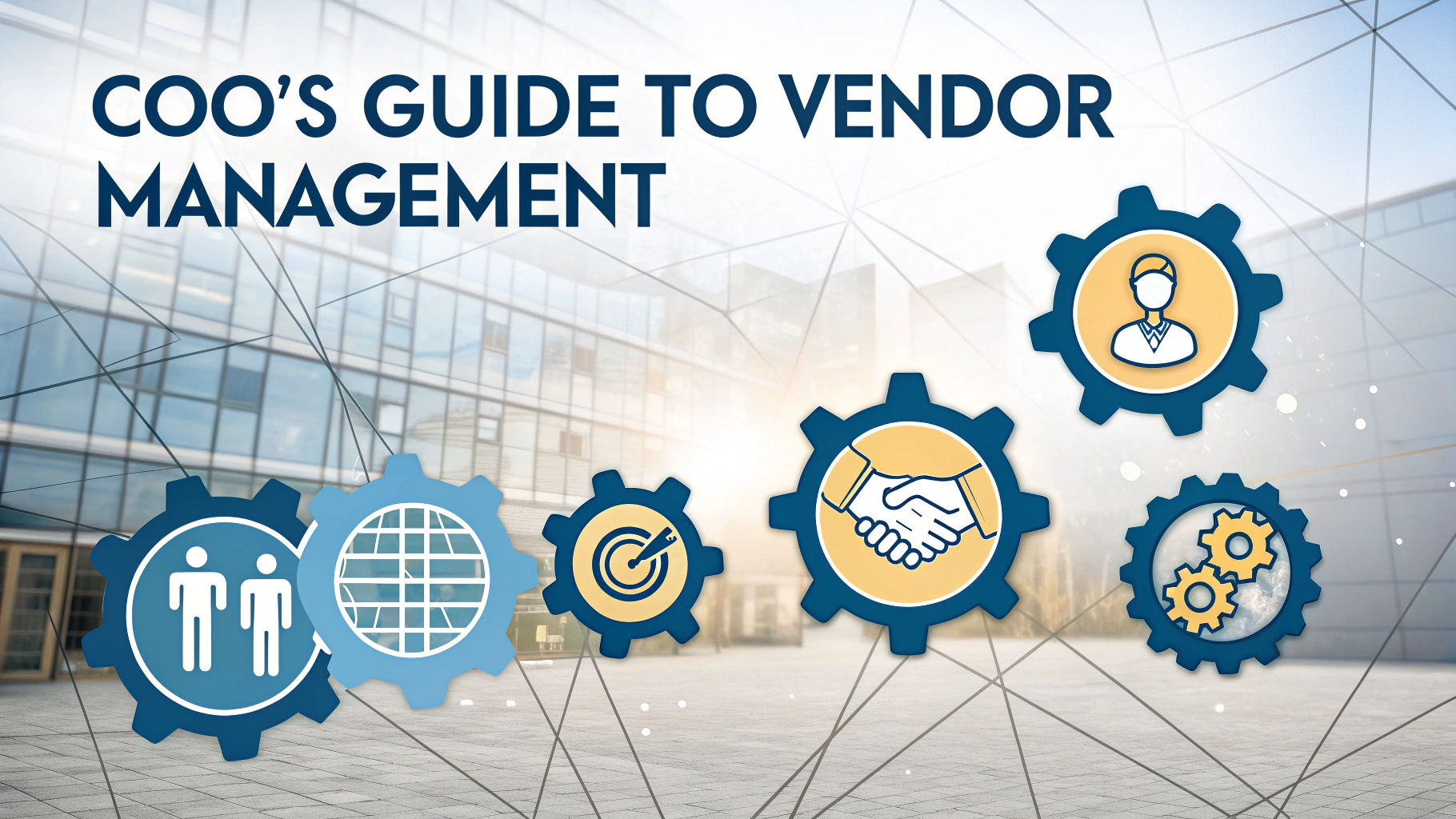A virtual Chief Operating Officer (COO) manages business operations remotely, leveraging technology to oversee day-to-day functions, strategic planning, and team coordination.
Remote operations management represents a modern approach to traditional COO responsibilities, enabling businesses to access top-tier operational leadership without geographical constraints.
This guide explores how virtual COOs function, their impact on business efficiency, and practical steps for implementing remote operations management successfully.
Core Responsibilities of a Virtual COO
- Strategic planning and execution
- Process optimization and workflow management
- Team coordination and performance monitoring
- Technology implementation and integration
- Resource allocation and budget oversight
- Risk management and compliance
Essential Tools for Remote Operations Management
| Category | Recommended Tools |
|---|---|
| Project Management | Asana, Monday.com, Trello |
| Communication | Slack, Microsoft Teams, Zoom |
| Document Management | Google Workspace, Microsoft 365 |
| Analytics | Tableau, Power BI |
Implementing Remote Operations Management
Start by assessing your current operational structure and identifying areas that could benefit from remote management.
Select appropriate technology solutions that align with your business needs and team capabilities.
Establish clear communication protocols and reporting structures to maintain operational visibility.
Best Practices for Success
- Set clear performance metrics and KPIs
- Schedule regular virtual team meetings and check-ins
- Document processes thoroughly
- Invest in secure, reliable technology infrastructure
- Build redundancy into critical systems
Common Challenges and Solutions
| Challenge | Solution |
|---|---|
| Communication gaps | Implement structured communication schedules and protocols |
| Technology issues | Maintain backup systems and provide technical support |
| Team engagement | Regular virtual team building activities and recognition programs |
Cost Considerations
Remote operations management typically requires investment in:
- Software subscriptions ($200-1000/month)
- Security infrastructure ($100-500/month)
- Training and development ($1000-5000 initial investment)
- Virtual COO compensation ($5000-15000/month)
Building for the Future
Focus on creating scalable systems that can grow with your business.
Maintain flexibility in operational structures to adapt to changing business needs.
Regularly review and update remote management strategies to incorporate new technologies and best practices.
Contact professional organizations like the Remote Leadership Institute (www.remoteleadershipinstitute.com) for additional guidance and resources.
Measuring Success in Remote Operations
Establish comprehensive metrics to track the effectiveness of your remote operations management:
- Operational efficiency improvements
- Cost reduction percentages
- Team productivity metrics
- Customer satisfaction scores
- Project completion rates
Scaling Remote Operations
Growth Strategies
- Modular process design
- Automated workflow expansion
- Cross-functional team development
- Global talent integration
Technology Integration
| Scale Level | Recommended Solutions |
|---|---|
| Small Business | Cloud-based tools, basic automation |
| Mid-Market | Enterprise software, custom integrations |
| Enterprise | Full-scale digital transformation, AI implementation |
Risk Management in Remote Operations
Address key risk areas:
- Cybersecurity protocols
- Data protection measures
- Business continuity planning
- Compliance monitoring
- Crisis management procedures
Empowering Remote Success
Remote operations management represents a fundamental shift in how businesses operate. Success depends on choosing the right tools, implementing proper protocols, and maintaining clear communication channels.
Organizations that embrace remote operations management position themselves for greater flexibility, reduced operational costs, and access to global talent pools.
Maintain focus on continuous improvement and adaptation to emerging technologies to ensure long-term operational excellence in the virtual environment.
FAQs
- What is a Virtual COO and how does it differ from a traditional COO?
A Virtual COO provides operational leadership and management services remotely, leveraging digital tools and platforms to oversee business operations without being physically present. Unlike traditional COOs, they typically serve multiple clients and work on a contract or project basis. - What are the primary responsibilities of a Virtual COO?
A Virtual COO handles operational strategy, process optimization, team management, performance monitoring, systems implementation, workflow automation, resource allocation, and operational efficiency improvements through remote collaboration tools. - How does Remote Operations Management benefit small to medium businesses?
It provides access to executive-level operational expertise without the full-time salary commitment, enables scalable operations management, reduces overhead costs, and allows businesses to leverage experienced leadership on a flexible basis. - What technologies and tools are essential for effective Remote Operations Management?
Key tools include project management software (like Asana or Trello), communication platforms (Slack, Microsoft Teams), video conferencing solutions (Zoom), cloud-based documentation systems, and operational analytics tools. - What are the cost advantages of hiring a Virtual COO versus a full-time COO?
Virtual COOs typically cost 30-60% less than full-time COOs, eliminate benefits expenses, reduce office space needs, and allow for flexible engagement terms based on business requirements. - How does a Virtual COO maintain effective communication and oversight?
Through regular virtual meetings, real-time collaboration tools, performance dashboards, automated reporting systems, and established communication protocols with team members and stakeholders. - What industries are best suited for Remote Operations Management?
Technology companies, digital services, e-commerce businesses, professional services firms, and organizations with distributed teams are particularly well-suited for virtual COO services. - What metrics and KPIs does a Virtual COO typically monitor?
They track operational efficiency metrics, productivity indicators, financial performance measures, process completion times, quality metrics, team performance indicators, and customer satisfaction scores. - How does a Virtual COO handle crisis management and emergency situations?
Through established emergency response protocols, digital communication channels, remote access to critical systems, and pre-planned contingency measures that can be activated remotely. - What qualifications should businesses look for in a Virtual COO?
Look for extensive operational management experience, strong digital literacy, remote team management expertise, proven track record in process optimization, and experience with virtual collaboration tools.







